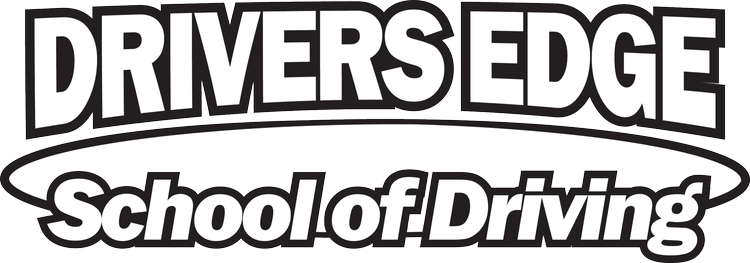“Swerve or Hit it ”
We live in a world amongst wildlife. Often, wildlife does not conform to the social practices of the roadway. But what should you do if an animal is on the road? In this blog, we will look at the steps to prevent crashes with wildlife and cover the age-old question of whether you should swerve or hit it.
The common sense rules for staying safe in all dangerous road situations still hold true. Slow down when driving. Especially at night when it may be hard to see. Tailgating can be extremely dangerous with wildlife encounters because the car in front of you will brake very suddenly and for a hazard that may be unknown to you. If you are traveling at a safe distance, and speed, and are not distracted coming to a complete stop before the vehicle in front should not be an issue. In the case of a collision, it is important to wear all regulated safety devices like seat belts.
Be on the lookout for animals and be prepared to stop or slow down. Animals may be in the center of the road, but most crashes occur from animals crossing the road. The road is important, but so is the area immediately next to the road. Animals or even pedestrians could be alongside the road and waiting to cross. Unlike humans who know to cross at crosswalks and when no car is present, animals are not often as bright. In all locations be on alert for wild animals, but especially in rural areas where forests or open land is available for wildlife to live. Wildlife often move in groups, so if you see one be on the lookout for more. High-density animal areas are often indicated with signs signifying animal crossings.
It is often advised not to swerve to avoid wildlife. With most small animals that are encountered in North America, the better idea if stopping is not an option is to hit the animal. Cars are designed to protect you from minor crashes. The danger of swerving is the threat of losing control and colliding with a bigger or more immovable object such as another vehicle, tree, or telephone pole. For most small to medium animals, it is best to break firmly and stay in your lane. However, if you encounter a larger animal such as a moose, it is recommended to swerve. The sheer size and proportions of a moose lead to 13% more fatalities than crashes with deer. If you are unable to stop before the moose and the coast is clear to swerve, swerve.
A wildlife collision occurs every 39 minutes. Animals are all around, and this is a marvelous thing. However, they do not understand what a road is. So it is our responsibility to prevent car collisions with animals. Slow down, be alert, and be prepared to stop.
